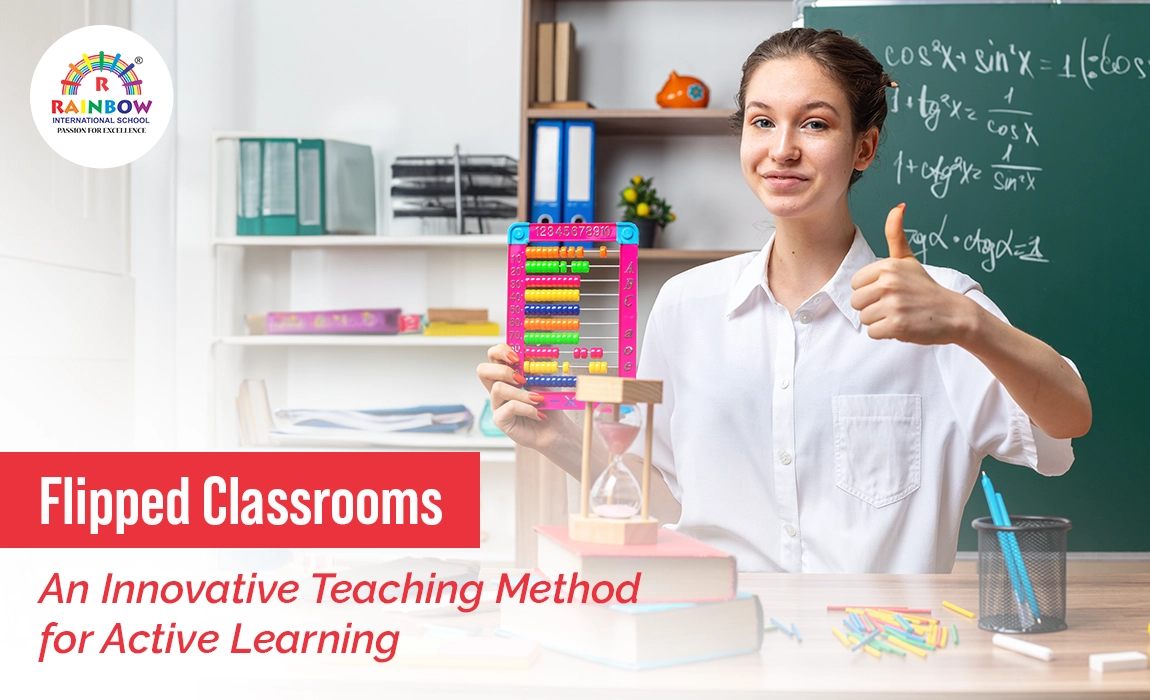Flipped Classrooms: An Innovative Teaching Method for Active Learning
In the ever-evolving landscape of education, the flipped classroom model stands out as a beacon of innovation, promising a more engaging and effective learning experience. This transformative teaching method turns the traditional educational structure on its head by delivering lectures online for students to study at home, thus liberating valuable classroom time for interactive, hands-on activities. By shifting the focus from passive to active learning, flipped classrooms offer a pathway to deeper understanding and enhanced student participation. This article delves into the core principles of the flipped classroom model its manifold benefits and offers actionable insights for educators aiming to embrace this contemporary teaching strategy.
The Essence of Flipped Classrooms
At the heart of the flipped classroom model lies the principle of active learning. Unlike conventional teaching methods where the teacher’s lecture is the centerpiece of the classroom, flipped classrooms utilize technology to move information transmission outside of class time. This innovative approach allows students to engage with lecture material at their own pace, pausing and reviewing as needed to understand the concepts before class fully. Consequently, classroom time is dedicated to applying these concepts through discussions, projects, and practical exercises, fostering a deeper level of cognitive engagement.
Benefits for Student Engagement and Understanding
One of the most compelling advantages of flipped classrooms is the boost in student engagement and understanding. This method caters to diverse learning styles by allowing students to learn the foundational content at their own pace outside the classroom. The real magic happens during the in-class time, where students participate in active learning exercises, collaborative projects, and discussions. This dynamic environment not only enhances their grasp of the subject matter but also sharpens critical thinking, problem-solving, and communication skills.
Practical Tips for Implementation
For educators intrigued by the potential of flipped classrooms, transitioning can seem daunting. However, with a few practical strategies, the shift can be both smooth and rewarding. Start by choosing the right content for out-of-class learning, focusing on foundational concepts students can grasp independently. Use engaging and accessible materials such as short videos, interactive modules, and readings. Then, plan active learning activities for the classroom that encourage application, analysis, and synthesis of the learned concepts. Regular feedback and flexibility in teaching methods are key to refining the approach based on student needs and responses.
Leveraging Technology for Enhanced Learning
Technology plays a pivotal role in the success of flipped classrooms, serving as the bridge between home study and classroom activities. Educational platforms and tools facilitate the delivery of lecture materials and enable interactive activities and assessments. Educators can leverage these technologies to track progress, provide timely feedback, and tailor learning experiences to individual student needs, further personalizing the education process and enhancing learning outcomes.
Conclusion
The flipped classroom model represents a significant leap forward in educational methodology, emphasizing active participation, personalized learning, and deeper understanding. By effectively integrating technology and innovative teaching strategies, educators can transform their classrooms into vibrant learning environments where students are not just passive recipients of information but active contributors to their own education. As this approach continues to gain traction, it offers a promising path for preparing students to meet the challenges of the modern world with confidence and competence.
Frequently Asked Questions
A1: A flipped classroom is an instructional strategy where traditional lecture and homework elements are reversed, with lectures viewed at home and hands-on activities conducted in class.
A2: It allows students to learn at their own pace outside the classroom and spend class time engaging in interactive, practical exercises, enhancing understanding and engagement.
A3: Yes, flipped classrooms can be adapted for virtually any subject, from mathematics and science to humanities and arts, by tailoring the at-home and in-class activities to the subject matter.
A4: Challenges include ensuring all students have access to technology at home, creating engaging and effective out-of-class materials, and designing interactive class activities that reinforce learning.

